
Editing is a selection process. Sometimes hundreds of hours of footage are captured, and we only end up seeing around two hours of it. It’s also a language that has rules. When done badly it can cause boredom or, even worse, confusion.
The importance of editing cannot be underestimated. According to acclaimed film writers David Bordwell and Kristin Thompson, the typical Hollywood film has between 1000 and 2000 shots that have been cut together. For action films, that number can climb dramatically to 3000 shots. For this list, I’ve included a clip for a great selection of films that can teach you a lot about film editing. The subsequent text explains the clips, offering insight into filmmaking techniques.
This article has been written in the hope of inspiring you to return to some of your own favorite scenes, in your own favorite films, so that you can deconstruct and analyze how the film’s editing has helped to engineer a perfect cinematic moment.
1. Battleship Potemkin (1925)
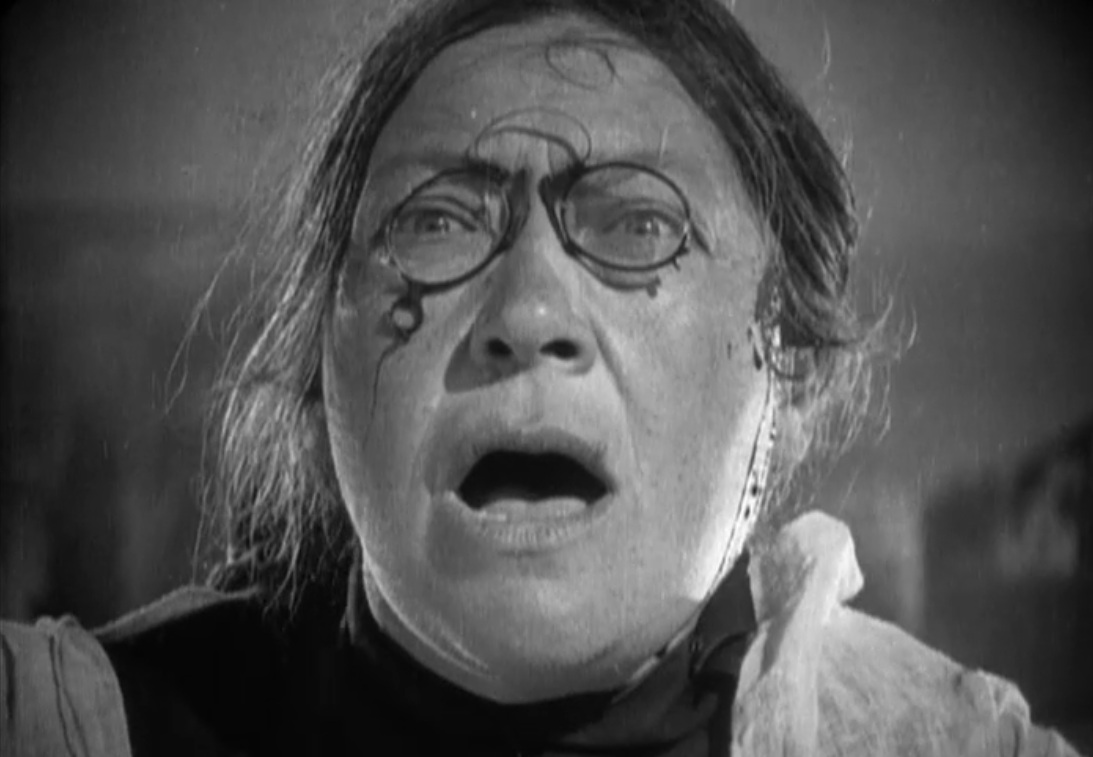
The Odessa steps sequence in Battleship Potemkin has been paid homage to by both Terry Gilliam (in Brazil) and Brian De Palma (in The Untouchables). The director, Sergei Eisenstein, is famous for creating films that lacked conventional plots and central characters. Instead, his films create highly emotional moments for the audience to latch on to. These moments are assembled in montages that contain juxtaposing images that convey energy and zest.
In Battleship Potemkin, Eisenstein is trying to foster the idea of an evil Tsarist government. As a result we’re shown images that the audience will understand and be horrified by: a child getting shot and trampled on, innocent protests being fired upon, a baby’s pram rolling down the steps, oppressive soldiers matching down the staircase, etc.
It’s important to remember that Eisenstein wasn’t trying to reflect reality; the Odessa steps massacre never happened, and the sequence is seven minutes long whereas in real life it’d take less than half that time to run down the steps.
The scene concludes with a stone cherub and lion appearing to come to life (three different shots of both statues in different positions gives the impression that they go from sitting immobile to standing and ready for action). These shots, editing alongside the Potemkin firing on tsarist buildings, convey that it’s time to rise up against the oppressors.
2. Casablanca (1942)
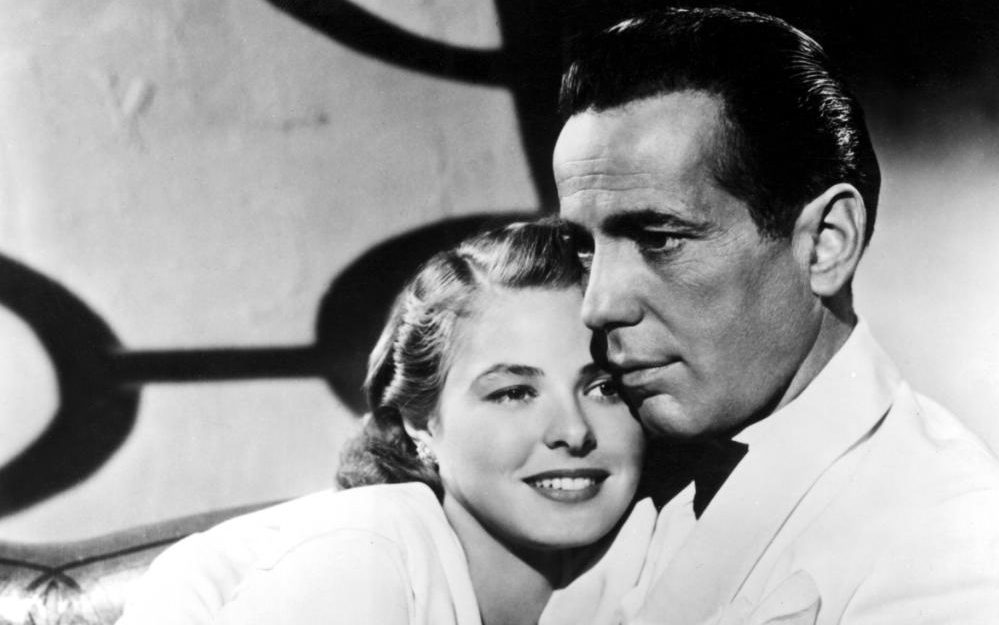
Classical editing must, first and foremost, orientate the audience by creating spatial relationships. This can be achieved quite simply by eye-line matching. In this scene from Casablanca, Rick (Humphrey Bogart) and Captain Louis (Claude Rains) are both established by having the camera behind Louis’s shoulder viewing Rick sitting on a desk. In the shot, we can see Rick’s eyes looking down at the Captain. After the first edit we’re now looking directly at the captain, so the audience knows that we’re looking through Rick’s eyes.
The scene progresses, during their conversation, by having the camera angle change frequently (yet we always know whose perspective we’re looking from). When the camera shows one character looking at another, and then it shows the counter-shot from the other character’s point of view, it’s known as shot reverse shot. The shot reverse shot technique is a keystone of classical editing.
As the conversation draws close, two new angles are introduced. The first angle establishes that the Captain’s position has changed. The second angle allows for the entrance of a third character (had we simply been given a close up of this third character entering, we may not have known where in the room he’d entered from).
Even though we’re no longer looking through a character’s eyes, we’re not disorientated by the edit. This is because the editing follows the 180 degree rule. From the opening shot, Captain Louis is on the right, and Rick is on the left. This set up is maintained for the entire scene until we see Captain Louis walk out of the office, passing Rick. Once a 180 degree line has been established in a scene, it should never be broken – otherwise it’ll accidentally look like characters have swapped their positions.
3. Psycho (1960)
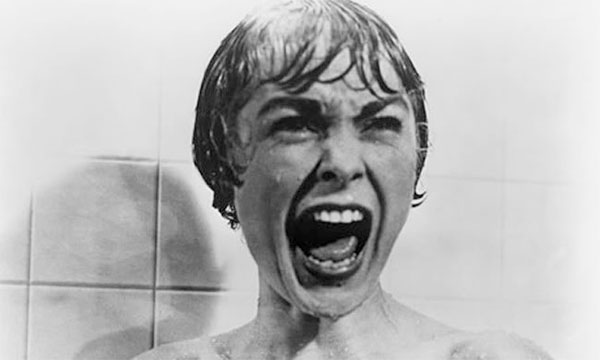
Effective editing can be very powerful. When audiences first watched Psycho, many assumed that the shower sequence was much more graphic than it actually was. The three-minute scene was apparently shot from 77 different camera angles, and it cuts 50 times. This means that it’s actually quite hard to see what’s going on, so the mind fills in the blanks.
While the scene is relatively tame by today’s gory standards, at the time, some viewers were certain that they’d seen both nudity as well as the knife stab Marion Crane (Janet Leigh).
Psycho’s shower scene also provides an example of how many directors create links between shots by matching them graphically. Here, we see blood draining down the round plughole and we then dissolve into another round image; an eye. We’ve seen her life drain away, and we now know that she’s dead after we’ve seen her lifeless stare.
4. The Good, the Bad and the Ugly (1966)
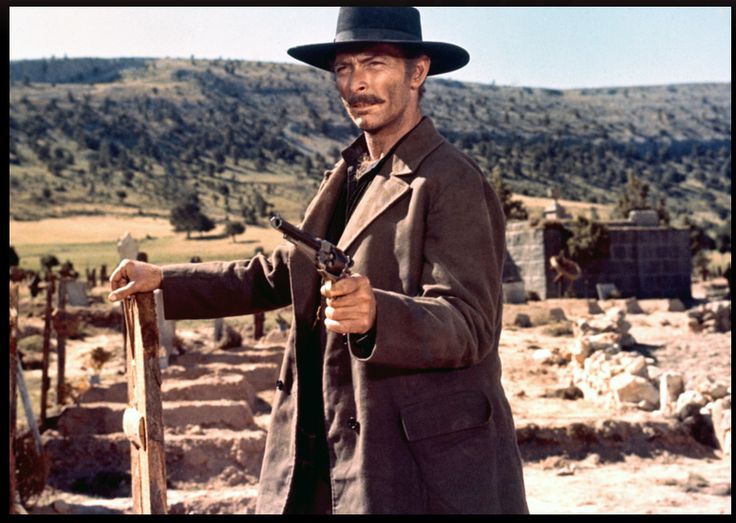
Some composers will write a score to a fully edited film. Others will present a score to a director, so that a film can be edited to the music. While this is, no doubt, a trickier task for an editor it allows them the opportunity to create a visual sense of rhythm with their edits.
A perfect example of rhythm editing is the final shoot-out in The Good, the Bad and the Ugly. The music starts out melodic as the shootist’s eye up one another, and their surroundings. Once each character is in position, and ready to shoot, the speed of the edits increases with the speed of the music. Eyes dart from cowboy to cowboy, as each nervously waits for the other to draw. The result is beautiful, rhythmic, and tense.
5. The Godfather (1972)
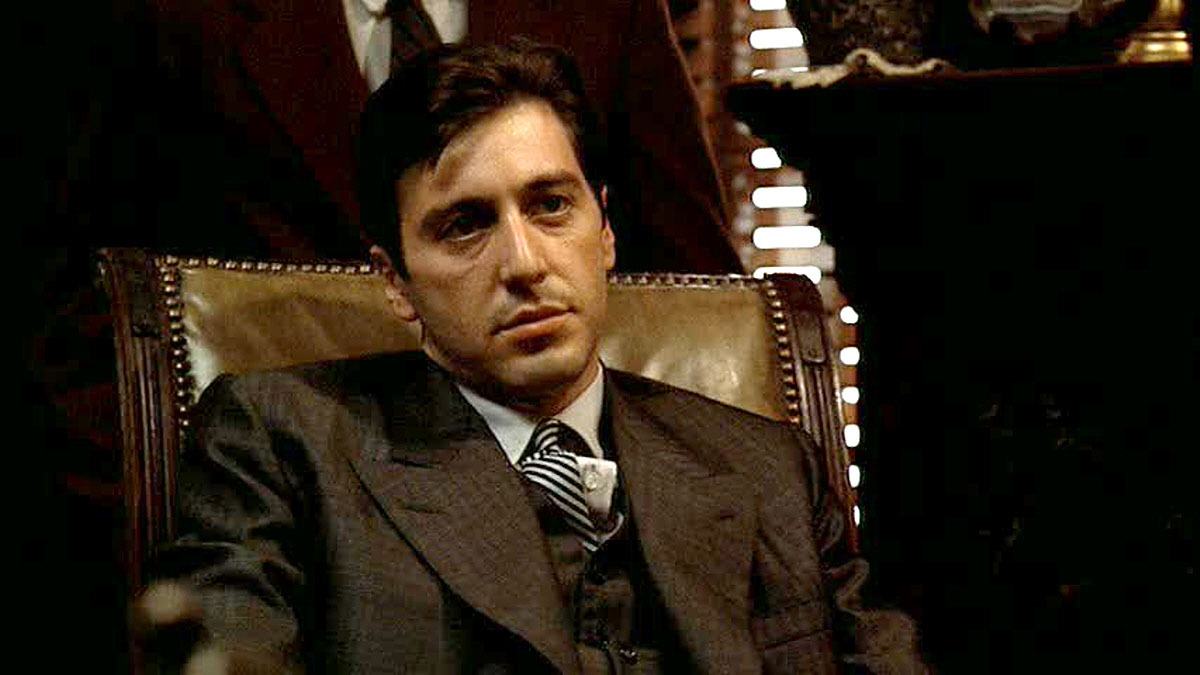
The Godfather (1972)
Directed by Francis Ford Coppola
USA – 1972
Featuring: Al Pacino (as Michael Corleone)
Where: United States
When: 03 Feb 1972
Credit: WENN.com
**WENN does not claim any ownership including but not limited to Copyright or License in the attached material. Fees charged by WENN are for WENN’s services only, and do not, nor are they intended to, convey to the user any ownership of Copyright or License in the material. By publishing this material you expressly agree to indemnify and to hold WENN and its directors, shareholders and employees harmless from any loss, claims, damages, demands, expenses (including legal fees), or any causes of action or allegation against WENN arising out of or connected in any way with publication of the material.**
A montage takes place in The Godfather, in which a series of assassinations take place in the space of a very short sequence of time. A montage is an efficient way of moving quickly through a story, as you’re able to show a lot of information in a short series of time. Francis Ford Coppola’s masterstroke was to juxtapose this bloody montage with Michael Corleone’s (Al Pacino) baptism vows, by crosscutting between the two. Michael becomes the literal, and metaphorical, Godfather within the space of two minutes.